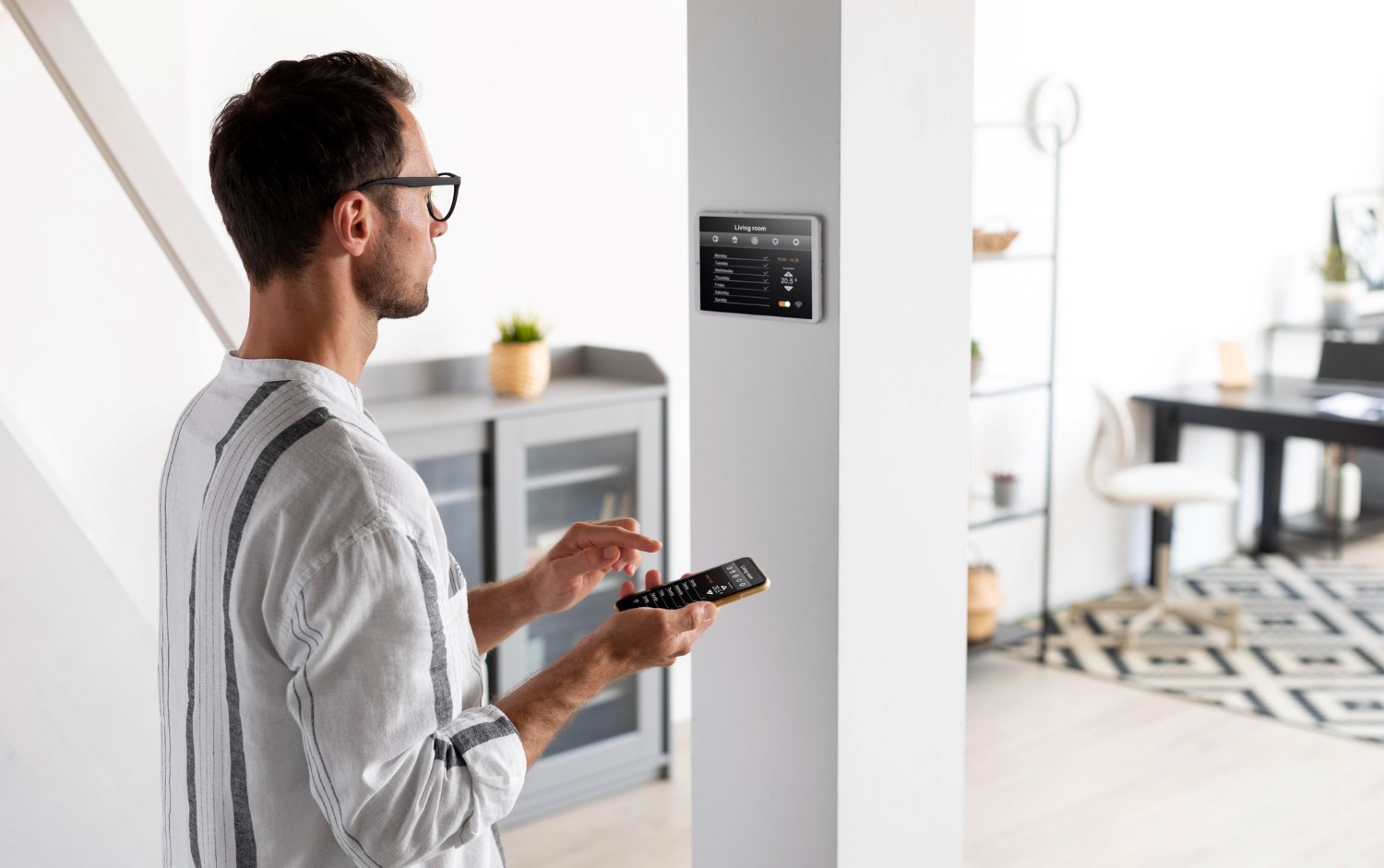As the cold weather sets in, radiators play a crucial role in keeping our homes warm and comfortable. They work by transferring heat from hot water circulating within their pipes into the surrounding air, thus raising the room temperature. However, as efficient as they are, radiator showroom Bolton can encounter a common problem known as air accumulation.
When a home radiator is in use, air can gradually build up inside the system, displacing the hot water and creating an imbalance in heat distribution. This results in certain parts of the radiator being colder than others, leading to decreased heating efficiency. In turn, your home may not reach the desired level of warmth, and your heating system may have to work harder, potentially leading to increased energy consumption and higher utility bills.
Bleed Your Radiators Regularly
Over time, air can naturally find its way into the water-filled pipes and radiators of a heating system. When air accumulates within the radiator, it forms air pockets or bubbles that hinder the circulation of hot water. As a result, these trapped air pockets create an imbalance in the heat distribution, leading to inefficient heating and cold spots in the room.
To address this issue, a simple maintenance task called “bleeding the radiator” is performed. Bleeding the radiator is the process of releasing trapped air from the system, allowing hot water to flow freely and circulate efficiently throughout the radiator.
Step By Step Explanation of How to Bleed a Radiator
Turn Off the Heating System:
Before starting the bleeding process, it is crucial to turn off the heating system. This ensures that there is no pressure or hot water circulating through the radiator, which could be dangerous during the bleeding procedure.
Locate the Bleed Valve:
Next, find the bleed valve on the radiator. The bleed valve is usually situated at the top of the radiator and looks like a small protruding knob or a square-shaped piece with a hole in the center. It is often made of brass or plastic.
Prepare the Necessary Tools:
Before opening the bleed valve, gather a few essential tools to avoid any mess. Have a cloth or rag on hand to catch any water that might drip out when the air is released. You can also use a container to collect the water if necessary.
Use the Radiator Key:
Most radiators come with a specialized tool called a radiator key. If you don’t have one, they are easily available at hardware stores. Insert the radiator key into the bleed valve and turn it counterclockwise (usually a quarter turn or half a turn). This action opens the valve, allowing air to escape.
Optimize Radiator Placement:
The location of your radiator can impact its efficiency. Try to avoid placing furniture or curtains directly in front of the radiator, as they can block the heat from spreading throughout the room. If possible, position the radiator on an external wall, as it allows the cold air from outside to be heated first, ensuring a more consistent and warm indoor environment.
Reflect Heat with Radiator Panels:
Radiator panels, also known as reflective foils or heat reflectors, can help prevent heat loss. They are installed behind the radiator and act as a barrier, reflecting heat back into the room instead of allowing it to escape through the walls. This simple addition can make a notable difference in heat retention and could save you money on energy bills.
Insulate Your Home:
A well-insulated home retains heat better, reducing the strain on your heating system and radiators. Make sure your windows and doors are properly sealed, and consider insulating your walls and attic if they haven’t been done yet. Good insulation not only enhances radiator performance but also benefits the overall energy efficiency of your home.
Upgrade to Thermostatic Radiator Valves (TRVs)
Traditional manual valves offer limited control over individual room temperatures. By upgrading to Thermostatic Radiator Valves (TRVs), you gain the ability to set different temperatures for each room, depending on its use and occupancy. TRVs automatically adjust the flow of hot water to maintain the desired temperature, ensuring efficient heating and comfort while potentially lowering your energy bills.
Regularly Maintain Your Heating System:
Keeping your entire heating system well-maintained is crucial for maximizing radiator performance. Schedule an annual inspection with a professional technician to ensure that the boiler and the entire heating system are functioning optimally. This preventive measure can identify potential issues early on and keep your heating system running smoothly throughout the winter.
Conclusion
During the cold winter months, a properly functioning radiator can be a lifesaver, providing the warmth and comfort we need to thrive indoors. By following these tips on maximizing your home radiator’s performance, you can not only stay cozy throughout the season but also improve energy efficiency, potentially reducing utility bills. Remember to bleed your radiators regularly, optimize their placement, utilize reflective panels, insulate your home, consider upgrading to TRVs, and schedule regular maintenance for your heating system. By implementing these steps, you can make the most of your radiator’s capabilities and enjoy a snug and inviting home during even the chilliest days of winter.










